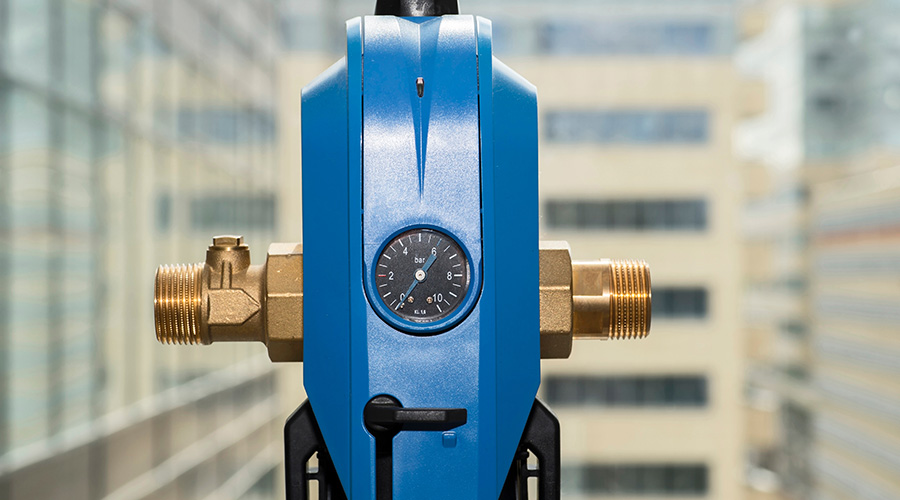« Back to Facilities Management News Home
« Elevators
National Elevator Industry: What to Do if You're in a Stalled Elevator
Salem, N.Y. — Jan. 15, 2016 — In light of recent tragic and highly publicized accidents involving stalled elevators, it is important to restate the many measures the building transportation industry undertakes to provide a consistently high standard of safety.
Following a few simple guidelines can help the riding public further improve elevator safety if an elevator stalls.
1. Press the “Door Open” button: Always press the "Door Open" button first. If you are at a landing, the door will open. Then, slowly and carefully step out of the elevator. The elevator may, or may not, be perfectly level with the landing floor, so it is important to watch your step and proceed with caution.
2. Use available communication: Elevators are equipped with a phone system and/or alarm button. Push the phone button and wait for a response. In newer elevators, the phone button may be labeled “HELP.” When pushed, the button places a call to an individual trained to take action. It also gives the exact location of the building and elevator you are in. A verbal response and/or visual signal will indicate that help is on the way.
In older buildings, there may only be a button marked “ALARM” that will sound an emergency alarm within the building. Trained personnel should make contact with you when they arrive at the building.
3. Remain calm: Remember to stay calm; you are still safe. Never attempt to open the door manually. After using the phone button or alarm button, wait for trained emergency responders to arrive. Even if the temperature feels warmer, there is plenty of air circulating in the elevator and its hoistway.
4. Relax, and do not attempt to leave: DO NOT attempt to exit the elevator if the car has not returned to a landing and opened its doors on its own. Exiting a stalled elevator is extremely dangerous and requires trained emergency responders to assist passengers so they can exit in a controlled and protected manner. While an unfamiliar situation can be challenging, the best thing you can do is to relax, get comfortable, and wait for assistance. You may be inconvenienced, but you are safe.
The industry adheres to a stringent set of codes and standards adopted by state and local jurisdictions outlining the maintenance and inspection requirements to help ensure the safety of its products and passengers. Building owners and managers must engage service providers, such as the National Elevator Industry, Inc. (NEII) member companies, to perform maintenance and repairs as well as industry inspectors who provide oversight. While no system can ever be failsafe, the accidents that occurred recently were avoidable. It is our collective responsibility as manufacturers, owners, managers, and inspectors to uphold this overall commitment to safety.
For more information on vertical transportation safety, click here.
National Elevator Industry Inc. (NEII) is the premier national trade association representing the interest of firms that install, maintain and/or manufacture elevators, escalators, moving walks, and other building transportation products, including parts or components. For more information, visit www.neii.org.
More From 1/18/2016 on FacilitiesNet







